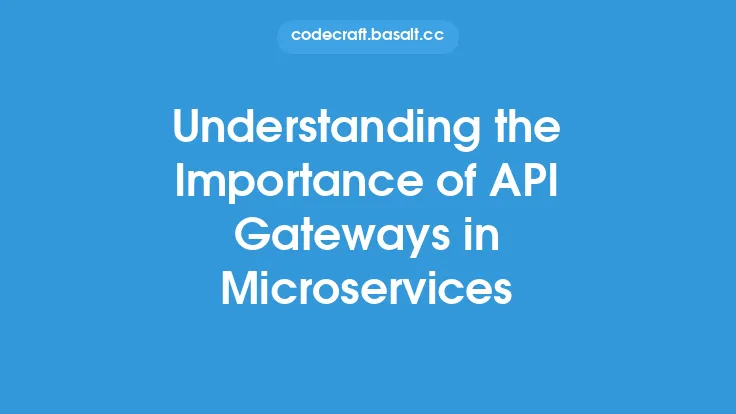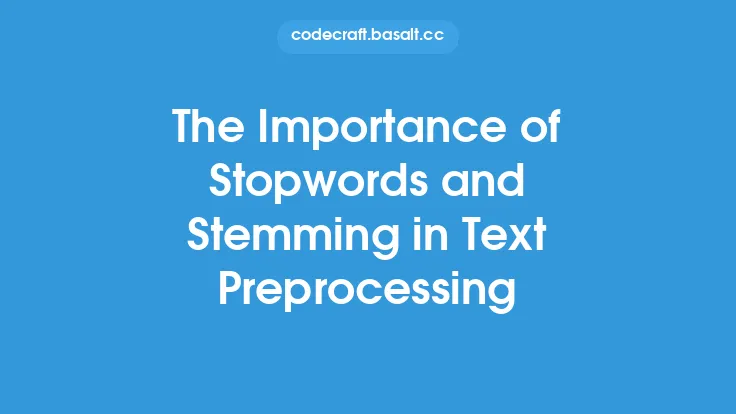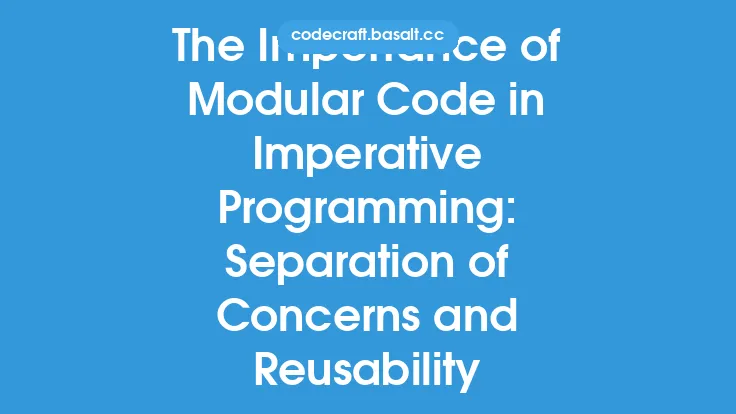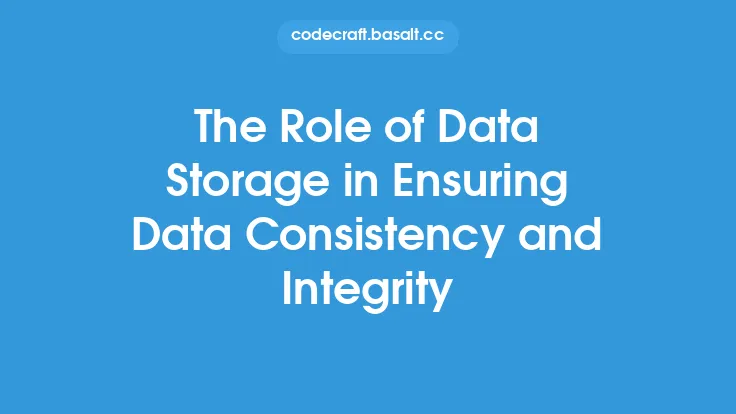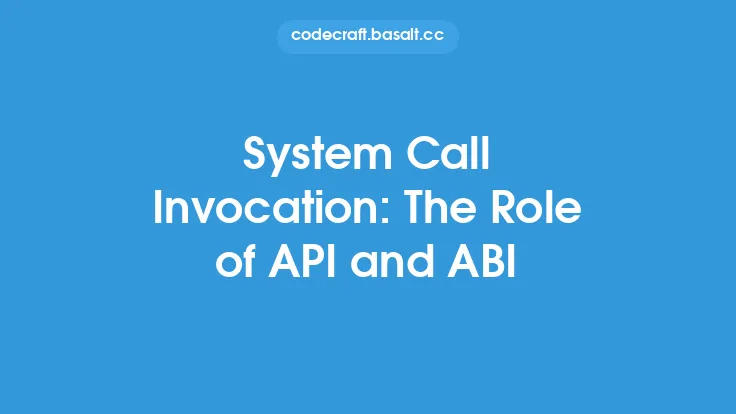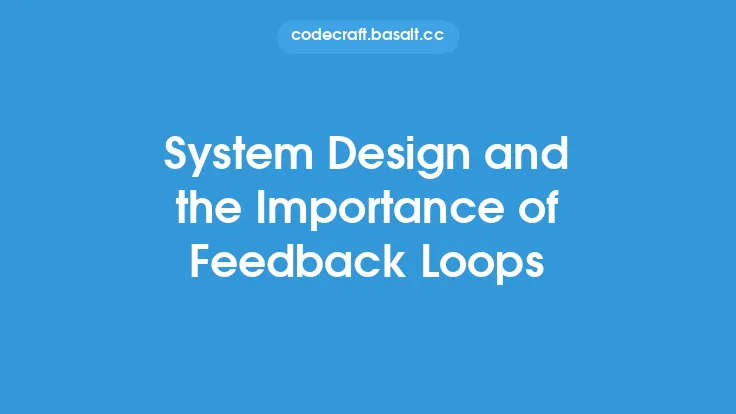When designing and developing APIs, consistency and standardization are crucial aspects that can make or break the overall user experience and adoption rate. A well-structured and consistent API is essential for developers to understand and work with, as it enables them to easily integrate and consume the API's functionality. In this article, we will delve into the importance of API consistency and standardization, exploring the benefits, best practices, and technical considerations involved in creating a robust and maintainable API.
Benefits of API Consistency and Standardization
API consistency and standardization offer numerous benefits, including improved developer experience, reduced maintenance costs, and increased adoption rates. When an API is consistent and standardized, developers can quickly understand and adapt to its structure and syntax, reducing the time and effort required to integrate and consume the API. This, in turn, leads to increased productivity and a better overall experience for developers. Additionally, a consistent and standardized API is easier to maintain and update, as changes can be made in a predictable and controlled manner, reducing the risk of introducing bugs or breaking existing integrations.
Principles of API Consistency and Standardization
To achieve API consistency and standardization, several principles should be followed. First and foremost, a clear and well-defined API design philosophy should be established, outlining the overall structure, syntax, and conventions used throughout the API. This philosophy should be based on industry-recognized standards and best practices, such as RESTful API design principles or API description languages like OpenAPI. Consistency in naming conventions, data types, and error handling is also essential, as it enables developers to easily understand and work with the API. Furthermore, a standardized API should be designed with scalability and flexibility in mind, allowing for easy extension and modification of existing endpoints and functionality.
API Design Patterns and Conventions
API design patterns and conventions play a critical role in ensuring consistency and standardization. Design patterns, such as the Request-Response pattern or the Event-Driven pattern, provide a proven and well-established approach to designing API endpoints and interactions. Conventions, such as using HTTP verbs (e.g., GET, POST, PUT, DELETE) to define endpoint behavior or using JSON or XML to represent data, help to establish a consistent and predictable API structure. Additionally, conventions like using meaningful and descriptive endpoint names, parameter names, and error messages can significantly improve the overall developer experience.
Data Type Consistency and Validation
Data type consistency and validation are essential aspects of API consistency and standardization. A consistent and standardized API should use a well-defined set of data types, such as integers, strings, and dates, to represent data. Validation rules should be established to ensure that data conforms to the expected format and structure, preventing errors and inconsistencies. Data type consistency and validation can be achieved through the use of schema definitions, such as JSON Schema or XML Schema, which provide a clear and unambiguous definition of the data structure and constraints.
Error Handling and Feedback
Error handling and feedback are critical components of a consistent and standardized API. A well-designed API should provide clear and descriptive error messages, indicating the cause of the error and any relevant details. Error handling mechanisms, such as error codes, should be consistent and standardized, enabling developers to easily handle and respond to errors. Additionally, an API should provide feedback mechanisms, such as logging or monitoring, to help developers diagnose and troubleshoot issues.
API Governance and Maintenance
API governance and maintenance are essential for ensuring the long-term consistency and standardization of an API. A clear governance model should be established, outlining the roles and responsibilities of API owners, developers, and maintainers. Regular reviews and updates should be performed to ensure that the API remains consistent and standardized, and that any changes or updates are properly documented and communicated to developers. Additionally, automated testing and validation should be used to ensure that the API conforms to the established standards and conventions.
Tools and Technologies for API Consistency and Standardization
Several tools and technologies can help ensure API consistency and standardization. API description languages like OpenAPI or Swagger provide a clear and unambiguous definition of the API structure and syntax. Code generators and API frameworks, such as API Gateway or Express.js, can help automate the creation and maintenance of API endpoints and interactions. Additionally, testing and validation tools, such as Postman or SoapUI, can be used to ensure that the API conforms to the established standards and conventions.
Best Practices for API Consistency and Standardization
To achieve API consistency and standardization, several best practices should be followed. First and foremost, a clear and well-defined API design philosophy should be established, outlining the overall structure, syntax, and conventions used throughout the API. Regular reviews and updates should be performed to ensure that the API remains consistent and standardized. Automated testing and validation should be used to ensure that the API conforms to the established standards and conventions. Additionally, feedback mechanisms, such as logging or monitoring, should be provided to help developers diagnose and troubleshoot issues. Finally, a clear governance model should be established, outlining the roles and responsibilities of API owners, developers, and maintainers.
